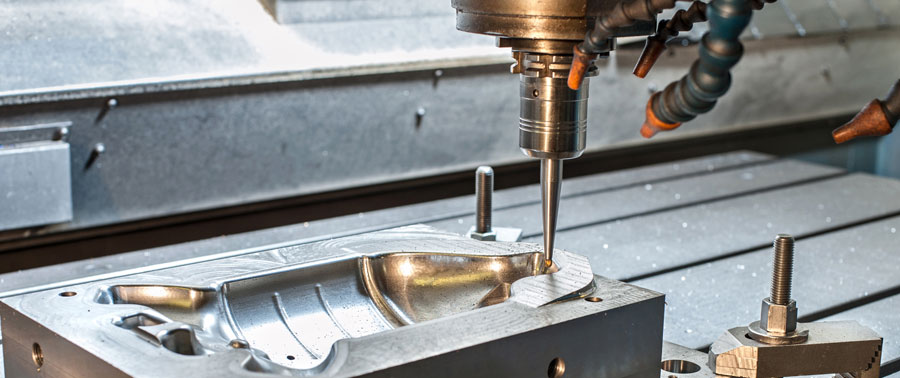Introduction
The field of aviation has witnessed significant advancements over the years, with aerospace casting playing a crucial role in enhancing the performance and safety of aircraft. Aerospace casting refers to the process of melting and pouring molten metal into a mold to create complex and high-performance components used in the aerospace industry. This article will explore the advancements and applications of aerospace casting in the field of aviation.
Advancements in Aerospace Casting
1. Improved Materials: One of the significant advancements in aerospace casting is the development of advanced materials. Traditional casting techniques were limited to using materials like aluminum and steel. However, with advancements in casting technology, materials like titanium, magnesium, and superalloys can now be used. These materials offer enhanced strength, durability, and heat resistance, making them ideal for critical components in aircraft.
2. Precision Casting: Precision casting, also known as investment casting, is a technique that has revolutionized aerospace casting. It involves creating a wax pattern of the desired part, coating it with ceramic, and then melting the wax to leave behind a ceramic mold. Molten metal is then poured into the mold, resulting in a highly precise and intricate casting. Precision casting allows for the production of complex components with tight tolerances and superior surface finish, improving the overall performance and efficiency of aircraft.
3. Additive Manufacturing: Additive manufacturing, also known as 3D printing, has gained popularity in aerospace casting. It involves building components layer by layer using computer-aided design (CAD) models. This technique offers flexibility in design, allowing for the creation of intricate and lightweight structures. Additive manufacturing reduces material wastage, lowers production costs, and enables the rapid production of prototypes and customized parts.
Applications of Aerospace Casting
1. Engine Components: Aerospace casting finds extensive application in the manufacturing of engine components. The turbine blades and vanes, combustion chamber liners, and casings are often produced using casting techniques. These components are subjected to high temperatures and stresses, and aerospace casting ensures that they can withstand the harsh operating conditions while maintaining performance and durability.
2. Structural Components: Aerospace casting is also utilized in the production of structural components, such as wing ribs, fuselage frames, and landing gear parts. These components require high strength, stiffness, and fatigue resistance. Casting enables the creation of intricate geometries and complex shapes, optimizing the weight and strength of the parts, ultimately enhancing the overall structural integrity of the aircraft.
3. Avionics and Electronics: Apart from mechanical components, aerospace casting is also employed in the manufacturing of avionics and electronic parts. These include sensor housings, connectors, and mounting brackets. Casting these components ensures precise dimensions, proper heat dissipation, and electromagnetic shielding, contributing to the reliability and performance of the aircraft’s electronic systems.
Conclusion
Aerospace casting has revolutionized the design and manufacturing processes in the field of aviation. The advancements in casting materials, precision techniques, and additive manufacturing have expanded the possibilities for creating high-performance components with complex geometries. From engine components to structural parts and avionics, aerospace casting plays a critical role in ensuring the safety, reliability, and efficiency of aircraft. As the aviation industry continues to evolve, further advancements in aerospace casting are expected, contributing to the development of even more advanced and sophisticated aircraft.
-

- Magnesium alloy thixomolding components
-

- Customized foundry products high precision die-casting parts for e-bike integrated frame
-

- Custom-made die casting parts&comopnents for bicycle suspension fork for MTB
-

- Thixomolding parts & components cell phone middle board processed
-

- Magnesium alloy die-casting electric vehicle mid-mounted motor housing
-

- Popular Children’s Sports Bicycle High Quality Children’s Balance Bike Children’s Bicycle

 0086-750-5616188
0086-750-5616188 +86 13392089688
+86 13392089688 sales@zhongmei-tech.com
sales@zhongmei-tech.com








